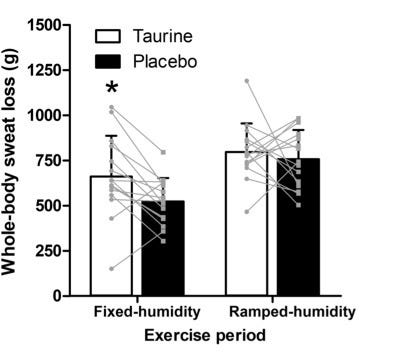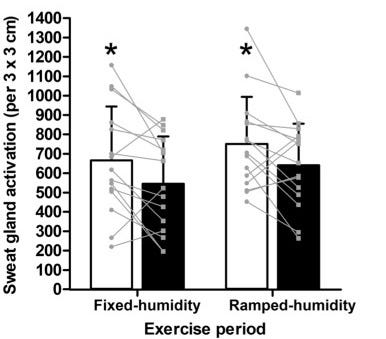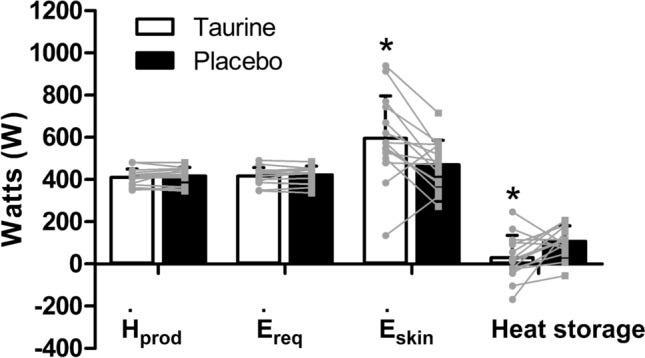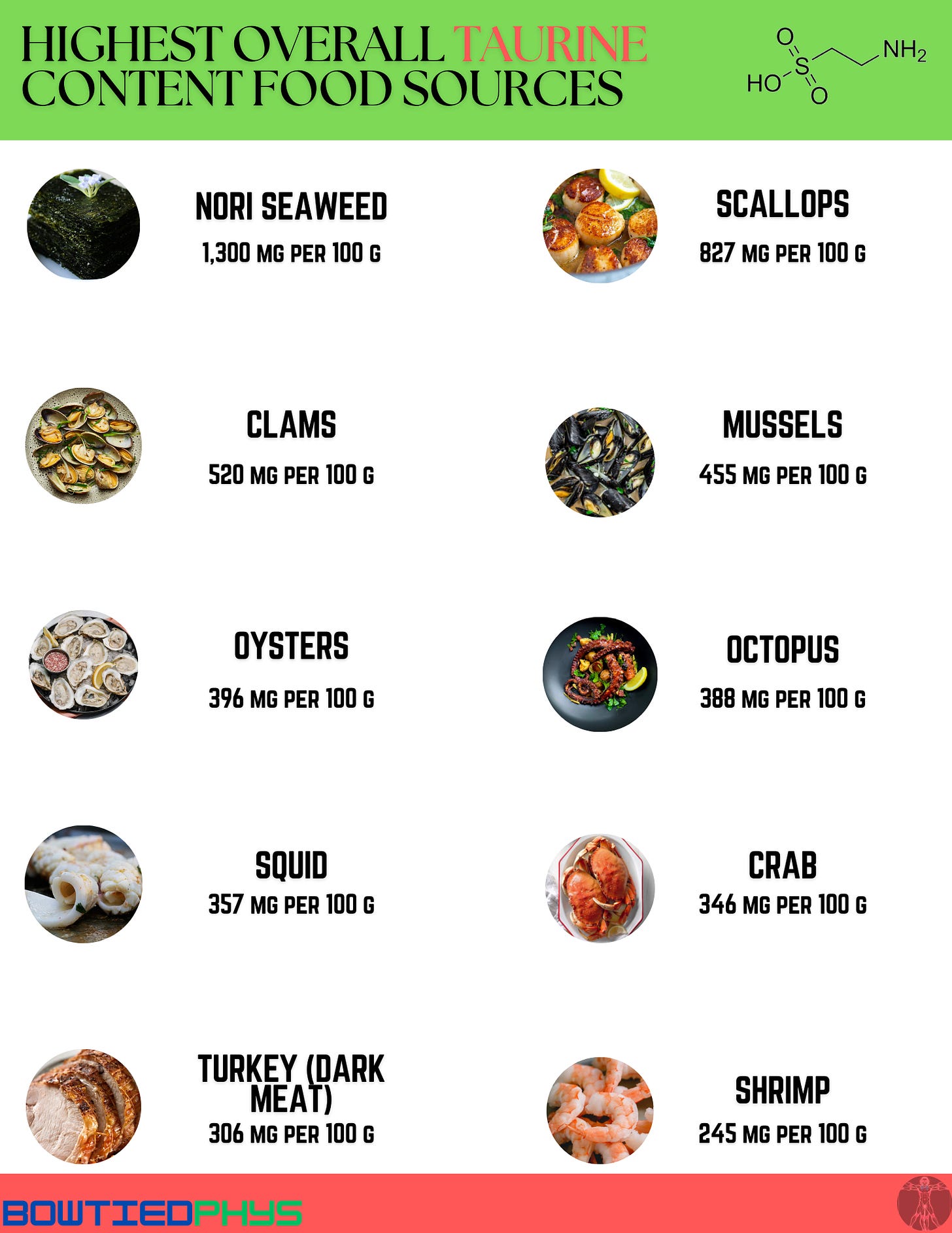Microplastics Toxicity (Part 2): Detox Strategy
Building an effective & easy-to-implement detox framework
We’re back for Part 2 of the microplastic toxicity series.
In case you missed Part 1, you can find it below:
We set out to do something simple here: develop the most comprehensive microplastics mitigation & detox guide to date.
Take what fits. Leave what doesn’t.
Detox Tactics
The best microplastic detoxification strategy is to mitigate presence inside the body first. Before we even get to some of these specifics, we need to focus our efforts on how we reduce our overall exposure (see: Part 1).
Don’t expect a 21-day plan. The goal is to build a system that runs in the background. It’s a lifestyle to adopt. Not a neurotic, cortisol-addictive framework.
Everything builds off of detoxification first principles:
Optimize redox balance → balance of ROS/electron exchange
Fortify gut intestinal lining & blood-brain barrier
Induce sweating
Promote lymph flow & blood circulation
Detoxification happens via three mechanisms: urine, stool, & sweat.
Here are the 15 tactics outlined below.
Tactic #1: High intensity exercise
A recurring detox mechanism you’ll see: generating sweat. An additional mechanism we gain from cardiorespiratory exercise that we fail to benefit from sauna alone is lymphatic flow induced via movement. Exercise increases muscle contraction, which pumps lymph fluid through lymphatic vessels, aiding in the removal of waste products, toxins, & cellular debris.
Avoid wearing tight clothing to promote proper lymph flow.
Tactic #2: Sauna
A synergistic tactic ideally preceded by sweat-inducing exercise, sauna is the foundation of any legitimate detoxification protocol.
If you’ve been following along, you know my perspective on sauna therapy: one of the best, low effort “supplements” you can add to your protocol. I detailed all sauna has to offer in a previous post.
Sauna therapy primarily facilitates detoxification through the induction of sweating, a process triggered by elevated body temperatures that activates sweat glands. At the molecular level, the heat causes vasodilation increasing blood flow to the skin and enhancing the delivery of toxins to sweat glands for excretion.
“But that’s all a myth! We can’t actually excrete toxins via sweat!”
Here’s the body of evidence (mostly from Stephen Genuis’ lab) supporting excretion of various environmental toxins:
An argument I commonly hear is the size of microplastics exceeds the average sweat gland diameter. And this is technically accurate. But we need to contextualize.
Eccrine sweat glands have a diameter of 30,000 - 50,000 nm. Apocrine glands have a diameter of 80,000 - 100,000 nm. While microplastics are considered 5 mm, nanoplastics range anywhere from 1 - 1,000 nanometers - well below the diameter of our sweat glands.
Verdict: Microplastics? Unlikely we’re excreting via sweat. Nanoplastics? Much more likely.
If interested in a more aggressive sauna detoxification protocol, Dr. David Root developed the S-tier level protocol.
Tactic #3: Blood donations
In this year-long RCT, firefighters with baseline PFAS levels of 5 ng/mL or more were randomly assigned to donate plasma every 6 weeks, donate blood every 12 weeks, or receive no intervention (observation group).
Plasma & blood donations led to significant reductions in serum PFAS levels compared to the observation group. Specifically - plasma donation led to significantly greater reductions in both PFOS and PFHxS levels, while blood donation alone resulted in a significant reduction in PFOS levels only.
Tactic #4: Taurine
Taurine has become one of my daily staples this year as I’ve been convinced by the body of evidence across a variety of use cases.
One of the optimal times I like to dose my daily taurine intake: 30 min prior to my cardio/resistance training period.
Taurine mitigates BPA-induced mitochondrial toxicity preserving metabolic & reproductive health. But why I prefer my taurine intake as a part of my pre-workout stack is due to the promotion of thermoregulatory responses supporting detoxification:
Increased sweat response
Enhanced sweat gland activation
Improved heat dissipation
Taurine is not only attainable via supplement form. We can obtain relatively robust quantities naturally through diet as well:
Tactic #5: Regular bowel movements
We’ve known for centuries about the importance of bowel movements for the preservation of good health. Not surprisingly today, we’re seeing upticks in microplastics in the feces of young individuals in addition to clear associations of inflammatory bowel disease with microplastic levels.
Regular bowel movements are a function of dialed-in circadian health preventing toxin reabsorption. This form of detox is governed by two primary phases: 1) conversion of lipophilic toxins into more hydrophilic forms & 2) making them water-soluble and ready to be excreted. When we stray away from regular bowel movements (1-2x daily), we risk further accumulation of toxins influencing organ dysfunction & chronic diseases.
What this means for us - take care of your gut - ________ axes.
Tactic #6: Probiotics via fermented foods
The leaky gut - microplastic connection can be a vicious feedback loop. Microplastic particles will increase gut intestinal permeability. A leaky gut allows for further absorption of microplastics.
Probiotics in fermented foods bind to microplastic particles supporting excretion. In a 2025 study, mice treated with two probiotics (Lacticaseibacillus paracasei DT66 & Lactiplantibacillus plantarum DT88) showed a 34% increase in polystyrene excretion rates and a 67% reduction in residual polystyrene in the intestine.
Mechanistically, fermented foods also facilitate the development of a stronger intestinal epithelial barrier - protecting against microplastic toxicity & subsequent gut leakage.
Some of my go-to choices:
Tactic #7: Eliminate gluten
Regardless of individual gluten sensitivity, everyone can benefit from at least a reduction in their intake. Gluten triggers an immune response damaging the small intestine’s villi impairing nutrient absorption & increasing gut permeability.

Removing gluten reduces zonulin levels (a protein modulating the tight junctions of the gut) restoring barrier function preventing the leakage of microplastics into blood circulation.
Tactic #8: Cut body fat
Microplastic particles like BPA are lipophilic and have a tendency to accumulate in fat tissue over time. In rodents, BPA levels are 8 - 10x greater in fat than in blood circulation.
To make matters worse, we get another vicious cycle. Since microplastics are lipophilic, we also see an increase of fat absorption by up to ~150%.
When we enter into an energy deficit, these toxins are mobilized into the blood for the liver to break down further. That leaves us more capable of detoxing these toxins via bowel movement, sweat, or urine.
Tactic #9: Melanin
A natural pigment & antioxidant produced by melanocytes on the skin, melanin (specifically eumelanin & pheomelanin) serves as a “radical sink” binding toxins, chemicals, & heavy metals. This enables melanin to chelate chemical toxins & regulate their entrance into the cells.
How do we support melanin production?
Build a solar callus properly → low-angle (red/NIR) base + gradual build-up of UVA & UVB
Avoid sunglass wear outdoors
Mitigate unnatural light exposure & chronic blue light toxicity
Balance Zn/Cu ratio (~10:1)
Tactic #10: Resistance training → add muscle
Microplastic toxins induce oxidative stress on tissues by generating excess reactive oxygen species.
What are skeletal muscle fibers rich in? Antioxidant enzymes (superoxide dismutase & catalase) capable of neutralizing oxidative stress.
Stack more muscle mass → exercise-induced mitochondrial biogenesis → larger reservoir of antioxidants → improved redox balance → less toxin-driven cellular damage
Tactic #11: Lymphatic drainage
A simple technique to promote lymph flow at home: elevating legs on a wall.

By lying down & raising your legs against a wall, gravity moves lymph fluid from your legs back to your heart, where it can be filtered and excreted.
But that’s only one main method you can use. Here’s one of the best videos out there (14 yrs ago & still a banger) on self-administered lymph drainage massage. (LINK)
Tactic #12: Fiber intake
We get two slightly different, but synergistic mechanisms from soluble & insoluble fibers. Insoluble fiber’s high surface area & pore structure makes it a direct nutritional lever to entrap & prevent microplastic absorption into the bloodstream.

Soluble fiber differs in that it dissolves in water to form a viscous gel slowing transit time. This provides more time opportunity for microplastics to be bound & excreted. Soluble versions are also fermented by gut microbiota into short-chain fatty acids (SCFAs) → improve gut barrier integrity.
Sources:
Pectin
Apples w/ skins
Blueberries
Strawberries
Citrus (grapefruit, lemon, lime, blood orange, mandarin, navel orange)
Cherries
β-Glucan
Gluten-free oats (One Degree or Bob’s Red Mill)
Mushrooms
Inulin
Asparagus
Green bananas
Raw honey
Onions
Garlic
Tactic #13: Antioxidants/Supplements
Antioxidants help to combat oxidative stress caused by microplastics & their chemical particulates. Enzymatic & non-enzymatic antioxidants show some of the best potential in alleviating BPA toxicity specifically.
NAC
Mechanism of Action: NAC, a compound so effective it was nearly banned in 2024, is a precursor to cysteine - required for the synthesis of glutathione, the body’s primary endogenous antioxidant. Glutathione plays a much needed role in liver detoxification helping to neutralize and eliminate toxins by conjugating with them to make them water-soluble and easier to excrete via urine & stool.
Dosage: 600 - 1,200 mg/day taken with meals
Glutamine
Mechanism of Action: Glutamine - an amino acid crucial for maintaining a strong intestinal lining - prevents the absorption of toxins into circulation & aids in their elimination via the gut.
Dosage: 8 - 10 g/day taken with meals
TUDCA (Tauroursodeoxycholic Acid)
Mechanism of Action: TUDCA - a bile acid supporting liver function - promotes bile secretion needed for the elimination of toxins through the gut. It also possesses unique anti-inflammatory properties protecting liver cells from excessive microplastic damage.
Dosage: 300 - 500 mg/day taken with meals
Milk Thistle
Mechanism of Action: Containing the active compound silymarin, milk thistle has a similar mechanism to TUDCA. It protects liver cells from oxidative stress caused by toxins & supports liver regeneration aiding in the detoxification process.
Dosage: 400 - 600 mg/day taken with meals
Nattokinase
Mechanism of Action: One we haven’t seen much direct evidence for yet. Though I’m confident it possesses the mechanistic capability to be a powerful player in future mainstream detox protocols. By enhancing blood circulation (preventing clotting) through its fibrinolytic properties, nattokinase supports the body's ability to distribute toxins to the liver for processing & eliminate them more efficiently.
Dosage: 8k - 12k FU split in 2 dosages (4k - 6k FU each) taken between meals on empty stomach
Tactic #14: Activated Charcoal
A binding tool, activated charcoal has a high absorptive surface area & a negative charge that adheres to positively charged microplastics. It can be effective in removing tiny plastics trapped in the gut and is used in clinical toxicology to excrete certain poisons.
To maximize the efficacy - administer prior to a fasted cardio & sauna combined session on an empty stomach with plenty of water, salt, & magnesium chloride to prevent constipation.
Tactic #15: Nutritional levers
To be clear - no such transient “detox diet” exists. Only foods that provide support to the body’s natural detoxification capability via two objectives:
Maintain fortified gut lining integrity → reduce intestinal permeability → prevent toxin leakage into circulation
Oysters
Organ meats
Bone broth
Grass fed beef
Butyrate-producing foods
Refrigerated rice
Cooked & cooled potatoes
Kiwi
Raw cheese
Grass fed butter
Upregulate glucuronidation enzyme activity & increase D-glucaric acid

Phase I & II of liver detoxification (Source)
Sulforaphane
Broccoli sprouts
Brussels sprouts
Cauliflower
Cabbage
Phenethyl isothiocyanate
Watercress
Broccoli
Cauliflower
Radish
Citrus flavonoids
Grapefruit
Lemon
Lime
Blood orange
Mandarin
Navel orange
Tangerine
Polyphenols
Berries
Black & green tea
Coffee
Cacao
Peppermint
“But it seems so neurotic to implement it all.”
In keeping with our theme: Take what fits. Leave what doesn’t. But now you know.
We’re more bullish than ever on the future here. Stay healthy.
Your friend,
BTP
***Disclaimer: The information provided by BowTiedPhys is for educational purposes only. This content is not intended to be a substitute for professional medical advice, diagnosis, or treatment of any kind. BowTiedPhys is not a licensed medical provider. Prior to making any changes to your health protocols, consult a licensed healthcare professional. Some of the links in this post may be affiliate links - BowTiedPhys may earn a commission at no additional cost to you. This commission helps support our work and allows us to continue providing valuable content to our valued subscription members.***












Interesting part 2! The part about donating plasma was very interesting. I did a quick google scholar search and there's only that one study about it, pretty cutting edge.
I found the parts about supplements less helpful. People recommend various supplements so often that it's hard to be confident acting on it without doing a bunch of research on my own.
You've written about doing bloodwork. I've done fairly extensive bloodwork in the past but haven't found the information to be very actionable or useful. Do you have any recommendations for services to help with interpreting bloodwork? There are a lot of "health optimization" services these days but I can't tell if they are just marketing hype or actually worth paying thousands of dollars.